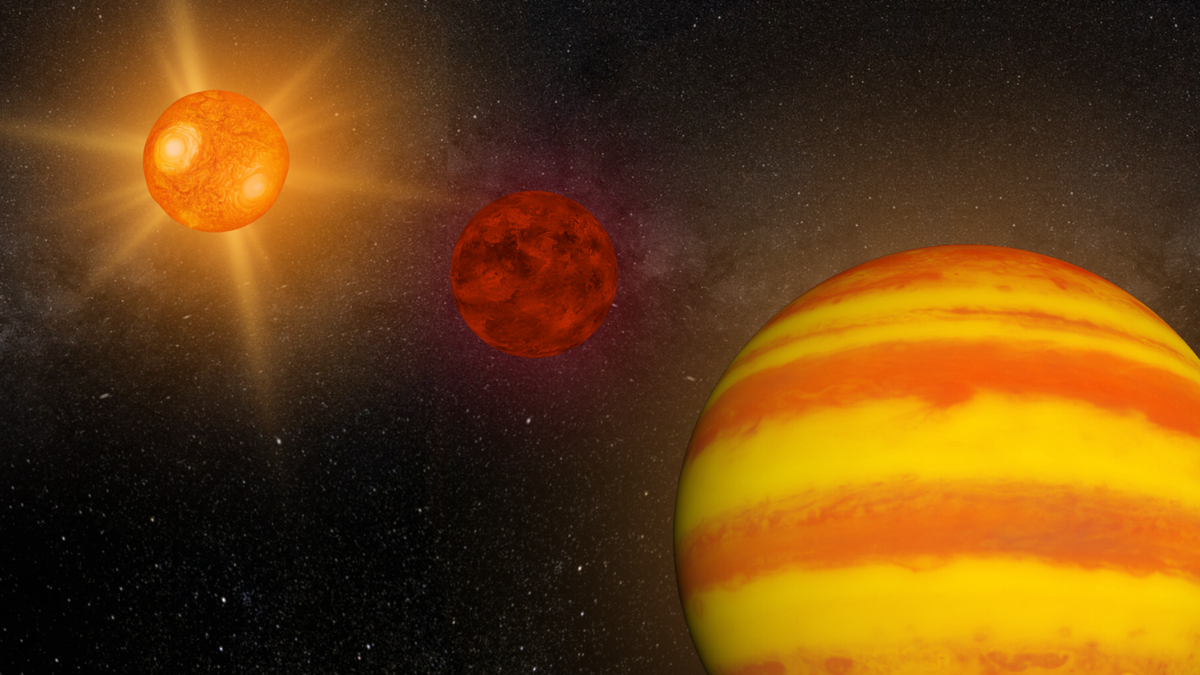NASA astronauts setting up a base near the lunar south pole could be put at risk by regolith landslides and moonquakes, according to the results of a new scientific study.
The circumference of Earth’s moon has shrunk by about 150 feet over the past few hundred million years, as heat lost from the satellite’s interior structure has caused the entire world to contract. This seemingly subtle transformation has forced the Moon’s brittle surface to wrinkle, and fracture at locations where sections of crust came into contact, causing widespread warping, and the appearance of fault zones.
According to a new study published in the Planetary Science Journal, the moonquakes generated by activity at the faultlines could pose a significant threat to astronauts attempting to establish a permanent base at the lunar south pole, as part of NASA’s planned program of Artemis missions.
“As we get closer to the crewed Artemis mission’s launch date, it’s important to keep our astronauts, our equipment and infrastructure as safe as possible,” said paper co-author Nicholas Schmerr, an associate professor of geology at the University of Maryland. “This work is helping us prepare for what awaits us on the moon—whether that’s engineering structures that can better withstand lunar seismic activity or protecting people from really dangerous zones.”
For the new study, a team of researchers performed a seismic hazard analysis by using computer models to simulate the stability of lunar slopes. The models showed that slip events around existing fault areas could give rise to shallow moonquakes capable of generating powerful tremors.
Each of these events have the potential to last for hours at a time – far longer than their terrestrial equivalents, earthquakes, which tend to last for minutes at most. The resulting shakes have the worrying potential to dislodge the rubble-like material known as regolith that coats the lunar surface, triggering landslides up to 10 km from a given fault zone that could damage structures, or even endanger the lives of astronauts.
Taking these dangers into account, the researchers were able to pinpoint a series of potential landing locations that NASA should avoid when planning future missions to the Moon’s surface, and are planning to look for more hazard sites in the future. NASA recently announced a series of delays to its Artemis program, which have pushed the first crewed launch of its next generation Orion spacecraft to 2025, in order to allow for more development time for key technologies, and to fix some of the hardware for upcoming missions. These delays mean that NASA astronauts won’t return to the moon until September 2026 at the earliest.
Prior to that, the agency and its partners have planned a series of robotic missions to pave the way for crewed exploration missions. Unfortunately, two such missions to touch down on the Moon’s surface in the fast part of 2024 have been met with varying degrees of failure. Astrobotic’s Peregrine lunar lander, which was set to be the United States’ first soft landing on the Moon since the Apollo era, was forced to end its mission by burning up in Earth’s atmosphere, following a propulsion anomaly that was detected en route to the Moon.
Japan’s SLIM spacecraft meanwhile was able to survive the perilous automated descent to the lunar surface, making Japan only the fifth country in history to make a controlled, soft landing on the Moon. Sadly, the spacecraft came to rest on its nose, and was unable to generate electricity using its solar cells, forcing mission handlers to put the probe into hibernation, in the hope that it can be reawakened further down the line.
Anthony is a freelance contributor covering science and video gaming news for IGN. He has over eight years experience of covering breaking developments in multiple scientific fields and absolutely no time for your shenanigans. Follow him on Twitter @BeardConGamer
Image credit: NASA

Dr. Thomas Hughes is a UK-based scientist and science communicator who makes complex topics accessible to readers. His articles explore breakthroughs in various scientific disciplines, from space exploration to cutting-edge research.








